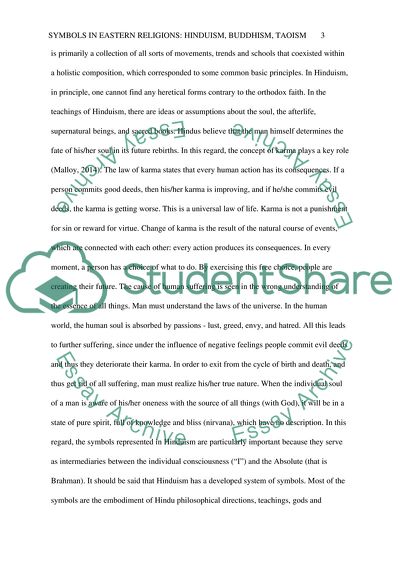Cite this document
(Symbols in Eastern Religions: Hinduism, Buddhism, Taoism Report Example | Topics and Well Written Essays - 2250 words, n.d.)
Symbols in Eastern Religions: Hinduism, Buddhism, Taoism Report Example | Topics and Well Written Essays - 2250 words. https://studentshare.org/religion-and-theology/1879047-religious-symbolism-eastern-religions
Symbols in Eastern Religions: Hinduism, Buddhism, Taoism Report Example | Topics and Well Written Essays - 2250 words. https://studentshare.org/religion-and-theology/1879047-religious-symbolism-eastern-religions
(Symbols in Eastern Religions: Hinduism, Buddhism, Taoism Report Example | Topics and Well Written Essays - 2250 Words)
Symbols in Eastern Religions: Hinduism, Buddhism, Taoism Report Example | Topics and Well Written Essays - 2250 Words. https://studentshare.org/religion-and-theology/1879047-religious-symbolism-eastern-religions.
Symbols in Eastern Religions: Hinduism, Buddhism, Taoism Report Example | Topics and Well Written Essays - 2250 Words. https://studentshare.org/religion-and-theology/1879047-religious-symbolism-eastern-religions.
“Symbols in Eastern Religions: Hinduism, Buddhism, Taoism Report Example | Topics and Well Written Essays - 2250 Words”. https://studentshare.org/religion-and-theology/1879047-religious-symbolism-eastern-religions.


